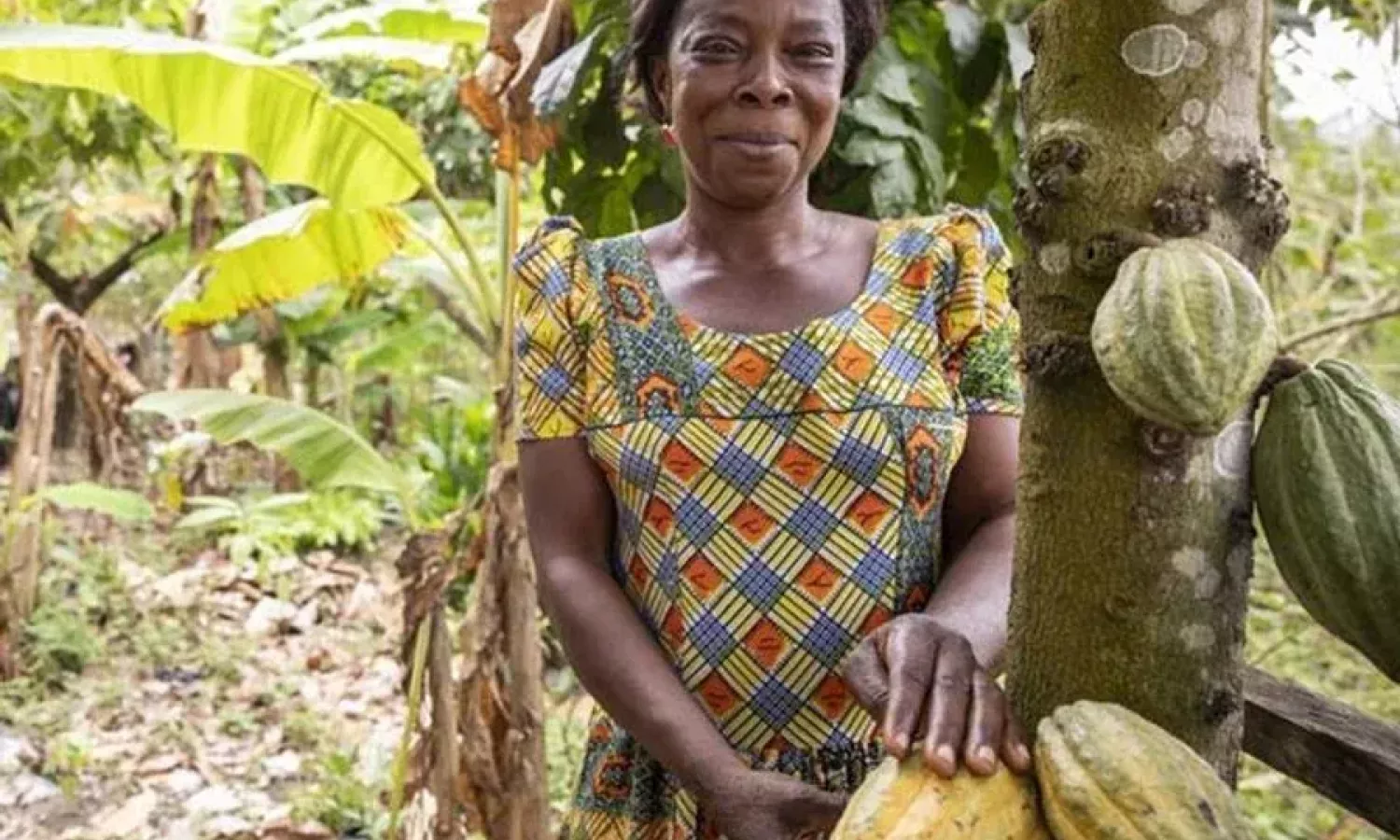
Published: 26 Jul 2024
Link to article: https://sustainabilitymag.com/articles/how-nestle-and-cargill-support-sustainable-farming
Nitrogen fertilisers are needed for production agriculture because crops require higher levels of nitrogen than those found in native soils.
In nature, plants grow and die so their nitrogen is returned to the soil. When humans harvest plants for food the nitrogen cannot return.
Nitrogen fertilisers have been used for over a hundred years, and transformed the modern world so drastically that the inventors were awarded Nobel Prizes.
The nitrogen used in these fertilisers comes from ammonia.
Currently, ammonia production is mostly used for fertiliser and consumes more than 1% of the world’s energy per year.
Nitrogen fertiliser production and use accounts for about 5% of global greenhouse gas (GHG) emissions.
Cargill and Nestlé are working together to produce a low-emission source of fertiliser using cocoa shells that would otherwise become waste.

This is part of a two year circular bioeconomy pilot evaluating performance of fertiliser made with cocoa shells from cocoa processed in York.
The shells are processed into fertiliser in Swindon, then supplied to farmers growing wheat for Nestlé.
In this two year trial, more than 6,000 tonnes of fertiliser will be produced and supplied to farms across the UK.
Rookery Farm in Norfolk supplies wheat to Nestlé for Purina PetCare products.
Farm Manager Richard Ling says the fertiliser results are reassuring and it is looking at running further trials.
Emma Keller, Head of Sustainability for Nestlé UK&I, says: “I'm proud of our sustainability journey so far at Nestlé and am excited for what we're yet to achieve in the fight against climate change and nature loss.”